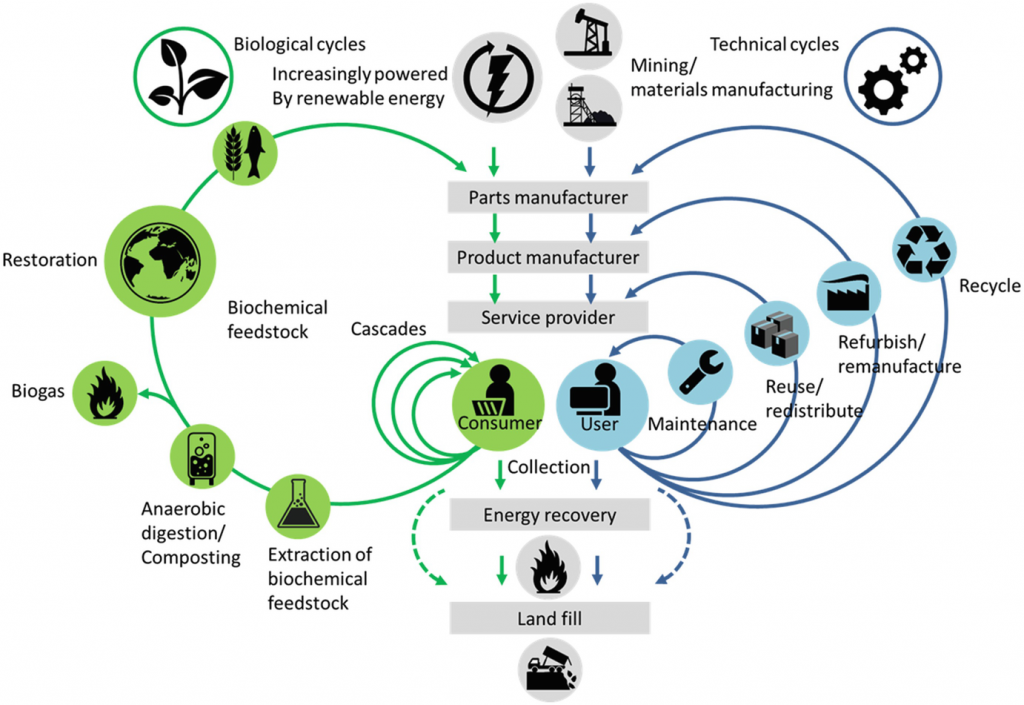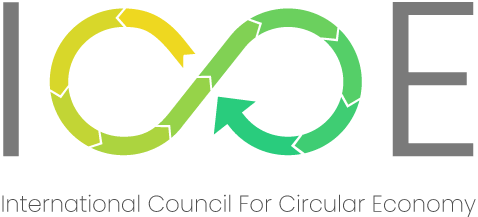In our current economy, we take materials from the Earth, make products from them, and eventually throw them away as waste – the process is linear. In a circular economy, by contrast, we stop waste being produced in the first place.
The current global economy is largely unsustainable and predominantly follows a linear model, which is characterized by a resource-intensive process of extraction, production, consumption, and disposal. According to the latest Circularity Gap Report, only 7.2% of the world’s economy is circular, indicating a significant gap in the transition towards sustainable practices. This linear approach leads to excessive waste generation and environmental degradation, making it increasingly challenging for our planet to provide essential services to its growing population. As a result, businesses face not only environmental pressures but also economic strains that threaten profitability.
The circular economy is a system where materials never become waste and nature is regenerated. In a circular economy, products and materials are kept in circulation through processes like maintenance, reuse, refurbishment, remanufacture, recycling, and composting. The circular economy tackles climate change and other global challenges, like biodiversity loss, waste, and pollution, by decoupling economic activity from the consumption of finite resources.
characteristics of circular economy
The circular economy is based on three principles, driven by design:
- Eliminate waste and pollution
- Circulate products and materials (at their highest value)
- Regenerate nature
The Circular Economy is a resilient system that is good for business, people, and the environment.
How Circular Economy works?
In a circular economy, loops refer to the processes that ensure materials and resources are continuously reused, remanufactured, or recycled, rather than being disposed of as waste.
This system is designed to minimize resource extraction and waste generation while maximizing the lifecycle of products.At its core, a circular economy aims to design out waste by ensuring that products are optimized for disassembly and reuse. This approach distinguishes itself from traditional disposal and even recycling methods, which often result in lost energy and labor. Additionally, circularity differentiates between consumable and durable components of products. Consumables are primarily made from biological ingredients that can safely return to the biosphere, while durable components are designed for reuse and longevity.

